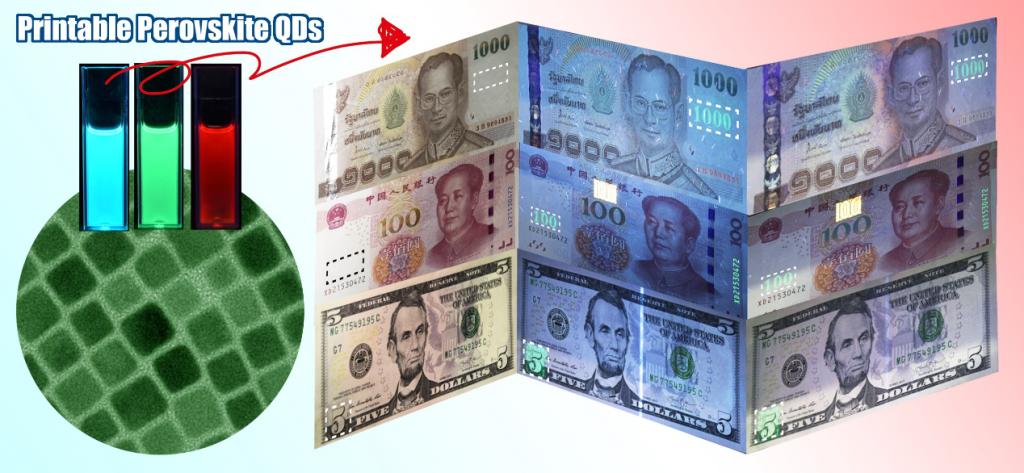Recently, the latest achievements of Prof. Wu Wei's research group in the field of new anticounterfeiting technology have been reported respectively by journal Advanced Materials Technologies by Wiley Press (IF: 4.622, 2018, 3, 1800150), journal Dalton Transactions and journal Nanoscale Horizons of Royal Society of Chemistry (Dalton Transactions, IF: 4.099 , 2018, 47, 11264–11271; Nanoscale Horizons, IF: 9.391, DOI: 10.1039/C8NH00154E), journal Science China Materials by Springer Press (IF: 4.318, DOI: 10.1007/s40843-018-9341 -8). The first authors of the paper are Wang Huanjun, our second-year graduate student, Li Mengxiao, our third-year graduate student, and Yao Weijing, our second-year doctoral student.
In recent years, statistics have clearly shown that the number of counterfeit products is exploding, affecting almost all industries. According to Global Brand Counterfeiting Report, 2018, the value of counterfeit products worldwide reached US $1.2 trillion in 2017. It is estimated that counterfeit products have caused losses of $98 billion in industries such as clothing, textiles, footwear, cosmetics, handbags and watches and so on. Against this background, research on advanced anticounterfeiting materials and related anticounterfeiting technology has become one of the international hot issues.

Wu Wei's research group has realized the synthesis and ink treatment of up/down conversion functional fluorescent materials such as NaYF4 with perovskite quantum dots, carbon quantum dots, and lanthanide included. After printing, the fluorescent materials can store and conceal high-capacity confidential graphic and text information. For example, in their research, they used three lanthanide elements with core-shell structure to mingle with NaYF4 up conversion ink and printed a luminescent dual-modal full-color fluorescent pattern that could exhibit variable fluorescent anticounterfeiting properties when exposed to 808 and 980 nm laser excitation. In addition, this type of ink has a wider color gamut than the traditional sRGB and printed CMY color space models, which will further expand its scope of application.
The research group’s findings show that multi-modal fluorescent anticounterfeiting technology based on up and down conversion fluorescent materials is expected to be applied to various fields such as banknotes, securities, and packaging products and it will replace traditional monochromatic anticounterfeiting patterns and accordingly become a powerful tool in the field of high-level anticounterfeiting and information coding.